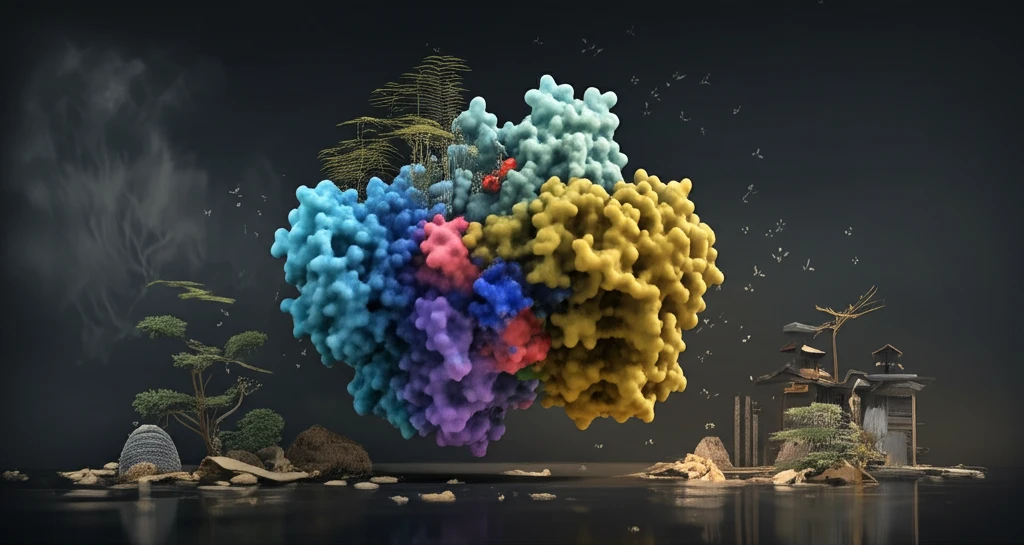
Kampo's Interaction with Modern Medicine: What Women Need to Know About CYP3A4 and Drug Safety
"Unveiling the Synergies and Risks of Traditional Japanese Remedies in Gynecological Health"
As integrative medicine gains popularity, combining modern Western practices with traditional remedies, understanding potential interactions becomes crucial. This is especially important in Japan, where Kampo medicines are increasingly used. One well-known interaction involves grapefruit juice (GFJ) and its effect on certain drugs due to its inhibition of the CYP3A4 enzyme found in the small intestine.
CYP3A4 inhibition can alter drug concentrations in the body, impacting their effectiveness and safety. While some Kampo medicines containing furanocoumarins have shown CYP3A4 inhibition in lab settings, their impact in real-world scenarios remains a key question. High dosages of Kampo medicines have, in some studies, shown CYP3A4 inhibition or induction in animals, but clinical effects are often minimal. This raises the need for careful evaluation of drug interactions with Kampo.
To better inform healthcare providers and patients, comparing the inhibitory effects of Kampo medicines with GFJ on CYP3A4 is essential. Since GFJ is a recognized CYP3A4 inhibitor in clinical studies, it serves as a useful benchmark. This article examines the CYP3A4 inhibitory potential of Kampo formulas commonly prescribed in gynecology and compares their effects to GFJ, aiming to provide insights into the safe use of these traditional medicines.
The Study: Kampo Formulas and CYP3A4 Inhibition

A recent study investigated the interaction between traditional Japanese Kampo formulas and modern medicine, focusing on the CYP3A4 enzyme. This enzyme is crucial for metabolizing many drugs, and its inhibition can lead to increased drug concentrations, potentially causing adverse effects. The research specifically examined three Kampo formulas frequently prescribed in gynecological clinics: Tokishakuyakusan, Kamishoyosan, and Keishibukuryogan.
- All three Kampo formulas exhibited some level of CYP3A4 inhibition in the laboratory.
- The potential for Tokishakuyakusan and Keishibukuryogan to cause significant drug interactions appears to be low.
- Excessive dosages of Kamishoyosan may pose a risk of drug interaction with CYP3A4 substrates.
Implications for Women's Health
Understanding the interaction between Kampo medicines and CYP3A4 is crucial for women's health, particularly for those using these remedies alongside conventional drugs. While the study suggests that Tokishakuyakusan and Keishibukuryogan pose a low risk of drug interaction, caution is advised with Kamishoyosan, especially at higher dosages. Further clinical studies are needed to fully elucidate the potential risks and ensure the safe and effective use of Kampo medicines in conjunction with other medications. Always consult with healthcare provider.
